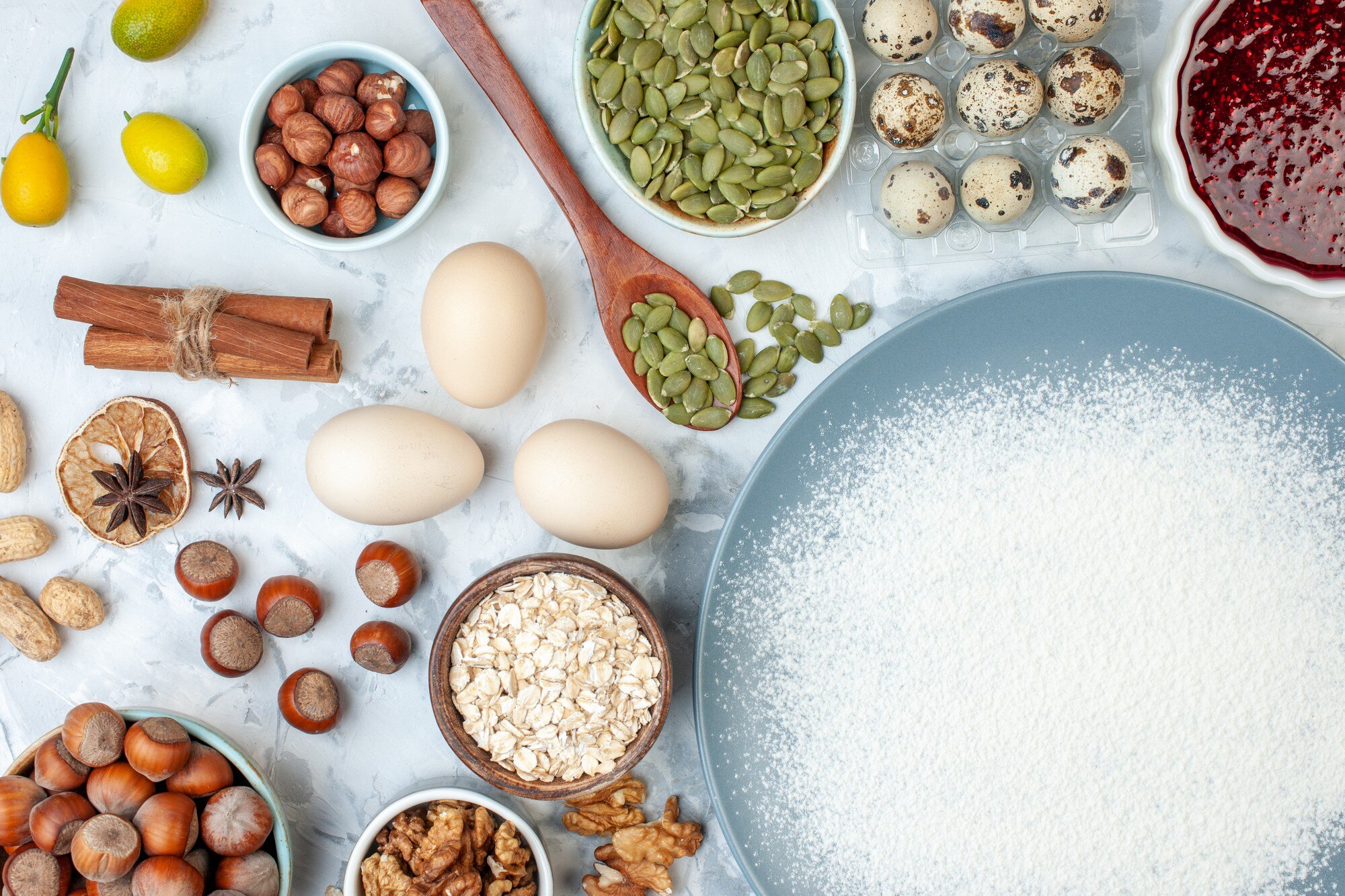Discover natural, scientifically-backed foods that help manage blood glucose and support your diabetes care journey
Managing diabetes effectively requires a comprehensive approach to diet and lifestyle. Blood sugar stabilization is crucial for preventing complications and maintaining optimal health.
Research shows that certain foods have remarkable properties that help regulate glucose levels naturally. These foods work by slowing sugar absorption, improving insulin sensitivity, and providing essential nutrients.
Indians with Diabetes
Diet-Related Cases

Incorporate these evidence-based foods into your daily diet for better glucose management
Spinach, kale, and methi are low in carbohydrates and high in fiber. They help slow glucose absorption and are rich in magnesium, which improves insulin function.
Brown rice, oats, and quinoa contain complex carbohydrates and fiber that prevent blood sugar spikes. They provide sustained energy throughout the day.
Salmon, mackerel, and sardines are rich in omega-3 fatty acids that reduce inflammation and improve insulin sensitivity, essential for diabetes management.
Dal, chickpeas, and beans are protein-rich foods with a low glycemic index. They stabilize blood sugar and provide long-lasting satiety.
Strawberries, blueberries, and amla are loaded with antioxidants and fiber. They have a minimal impact on blood sugar while providing vital nutrients.
Almonds, walnuts, chia, and flax seeds contain healthy fats, protein, and fiber that help regulate blood glucose and reduce cardiovascular risk.
These traditional spices have been shown to improve insulin sensitivity and reduce inflammation. Add them to your meals for enhanced blood sugar control.

Adopting a blood sugar-friendly diet offers numerous health advantages beyond glucose control.
Reduces risk of cardiovascular complications common in diabetes patients.
Helps achieve and maintain a healthy weight, crucial for insulin sensitivity.
Provides steady energy levels throughout the day without crashes.
Lowers risk of nerve damage, kidney disease, and vision problems.
Some foods like leafy greens and nuts can have an immediate effect on slowing glucose absorption. However, consistent consumption over weeks shows the most significant improvements in overall blood sugar control and HbA1c levels.
Yes, these foods complement diabetes medication. However, always consult your healthcare provider before making significant dietary changes, as your medication dosage may need adjustment as your blood sugar improves.
Aim for 2-3 servings of leafy greens, 1-2 servings of whole grains, a handful of nuts, and incorporate spices regularly. Portion sizes depend on your individual caloric needs and should be discussed with a nutritionist.
Yes, these foods benefit both Type 1 and Type 2 diabetes patients. They help stabilize blood sugar, improve insulin sensitivity, and provide essential nutrients. Type 1 patients should continue insulin therapy while incorporating these foods.
Limit refined carbohydrates, sugary beverages, processed foods, white bread, and high-sugar fruits. Focus on whole, unprocessed foods with a low glycemic index for optimal blood sugar management.
Connect with us to learn more about managing your blood sugar through nutrition